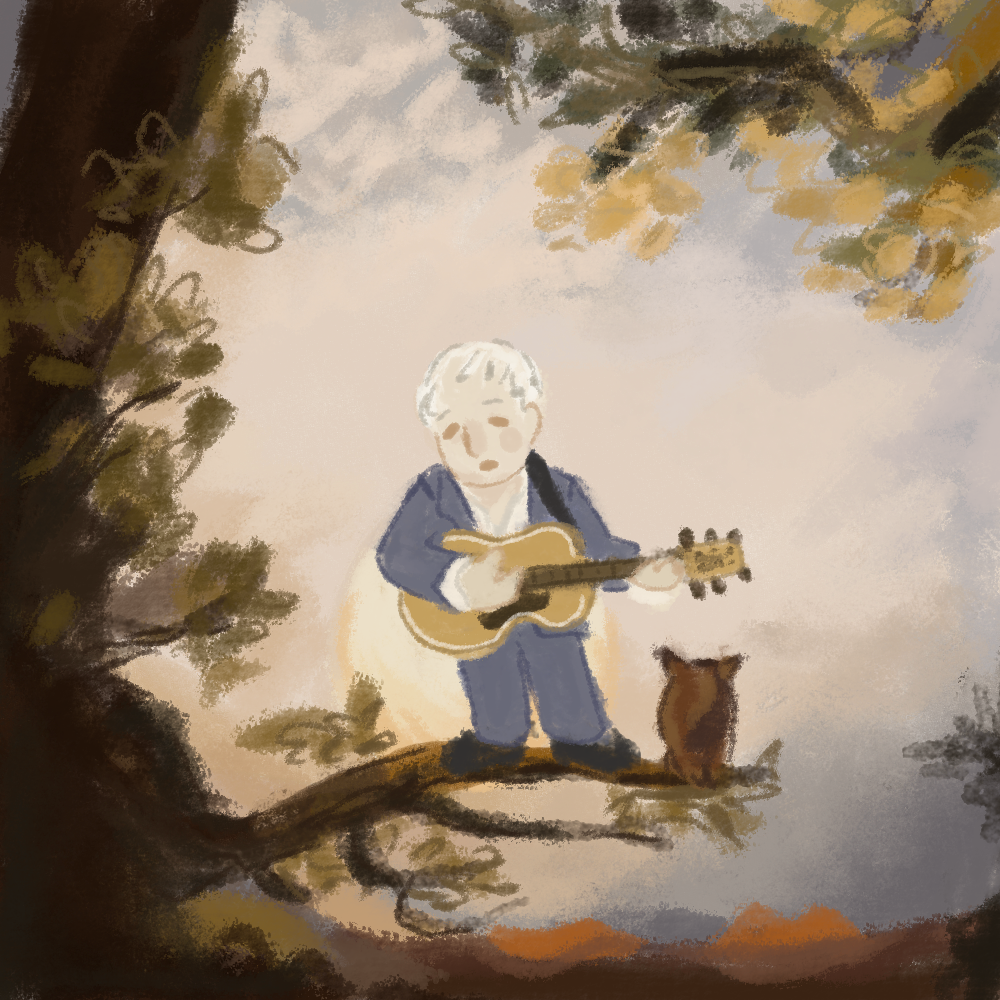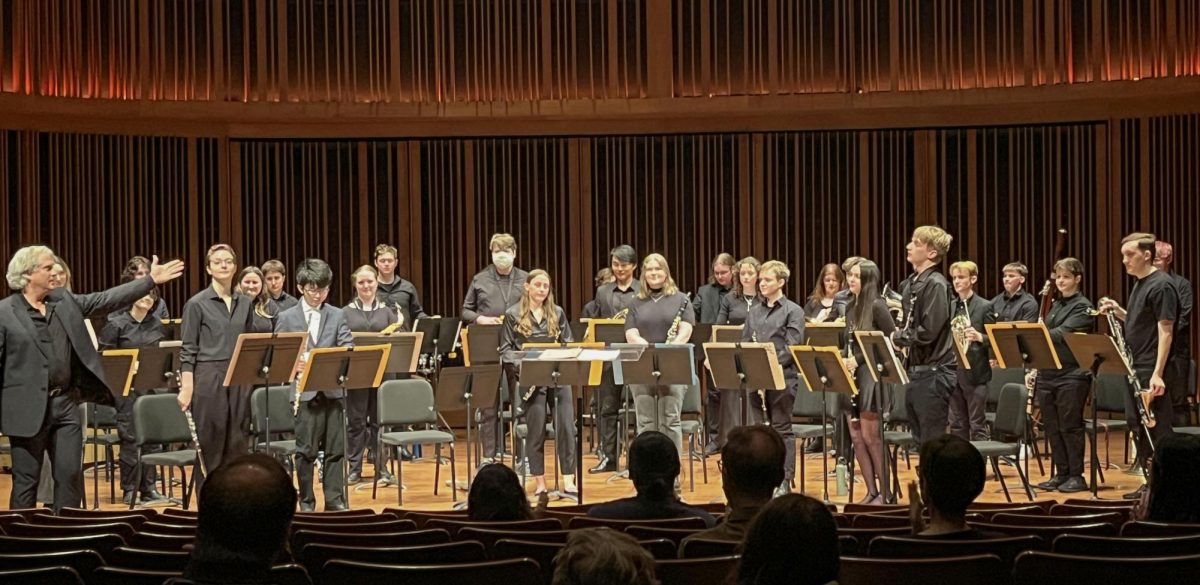Located at the St. Anthony Main Theater, a beautiful riverfront cinema in Minneapolis, this year’s Twin Cities Arab Film Festival (Nov. 6-9) highlighted more than 25 films and shorts by Arab directors from across the Middle East, North Africa and the diaspora. This year marked the ninth Twin Cities Arab Film Festival to be coordinated by the Arab arts organization Mizna.
Mizna began in 1999 as a literary journal, “Mizna: Prose, Poetry and Art Exploring Arab America,” but has since broadened into a larger Arab arts organization. Its Arab Film Festival is the only one of its kind in the Midwest.
In all its artistic outlets, Mizna works to avoid presenting Arab communities in a reductive fashion, as often happens in U.S. media and Hollywood depictions of Arabs. “We know that we’re often painted with a broad brush and as monolithic,” executive and artistic director Lana Barkawi said. “The fact is that there are 22 countries that make up the Arab world, all the way from Morocco to Syria and south to Yemen, and in that big geographic space there are many different subcultures and ethnicities.”
Rather than attempting to correct the inaccurate depiction of Arabs in mainstream media and film, “Mizna and its festival…create a forum to connect artists with audiences, to present people with art and engage them in it,” Mohannad Ghawanmeh, the curator of this year’s film festival, said.
In addition to the geographic diversity of the film festival this year, Barkawi noted that this year’s festival saw a significant representation of feminist themes and woman directors. “I think that [the representation of woman directors] might be a surprise to people, but it’s very true, and there’s a long tradition of woman filmmakers in the Arab world,” she said.
Rags & Tatters:
“I took this video so people will know what really happened.”
This line appears as a refrain in the movie Rags and Tatters, written and directed by Ahmad Abdalla and showcased in Mizna’s Ninth Arab Film Festival on Sunday.
The film Rags and Tatters looks at the Egyptian revolution from an unorthodox perspective—contrasting media coverage of the Tahrir Square protests that shook the country in 2011 with the harrowing realities of reconstructing a nation from the ground up.
The film tells the story of an unnamed protagonist who finds himself inexplicably freed from prison in the midst of the struggle between the moribund Egyptian state and rebel insurgents. In 90 minutes of winding plot, Abdalla chronicles the protagonist’s journey as he navigates the turbulent streets of Cairo from an anarchic prison complex, to the underbelly of a mosque, to some of the poorest neighborhoods of the city where heaps of trash are piled as high as apartment buildings.
Abdalla’s Egypt is a mess of rebels patrolling civilian neighborhoods with knives, state police brutality, crumbling infrastructure and sectarian strife between Muslims and Christians. But it is also an Egypt of impressive resilience, collaboration and solidarity, as shown in the interactions between the main character and the various people and groups he encounters.
Throughout the film, Abdalla elects to eliminate omniscient narration and minimize dialogue in favor of presenting the sounds of the city: from the call of the muezzin to announcements of curfew on loudspeakers to the ubiquitous hum of Al Jazeera newscasts on television sets.
According to Ghawanmeh, “Rags and Tatters is a near silent film that confirms what many cineastes think is indication of a good film – that if its sound were turned off it would remain cogent and affecting. I don’t abide such an opinion, but I do think that the near absence of dialogue does enhance Rags and Tatters’ effect—the ominous, eerie milieu that the film constructs.”







Wendy Peters • Sep 11, 2019 at 10:31 am
According to my observation, after a property foreclosure home is sold at a bidding, it is common for any borrower in order to still have a remaining unpaid debt on the loan. There are many loan companies who try and have all charges and liens paid by the next buyer. Nevertheless, depending on selected programs, polices, and state laws there may be many loans that are not easily fixed through the shift of lending options. Therefore, the obligation still lies on the client that has obtained his or her property foreclosed on. Many thanks for sharing your ideas on this blog.
Virginia Skinner • Sep 10, 2019 at 5:11 am
as soon as I observed this web site I went on reddit to share some of the love with them.
Stewart Rampling • Sep 6, 2019 at 4:23 pm
great points altogether, you simply gained a new reader. What would you recommend about your post that you made a few days ago? Any positive?